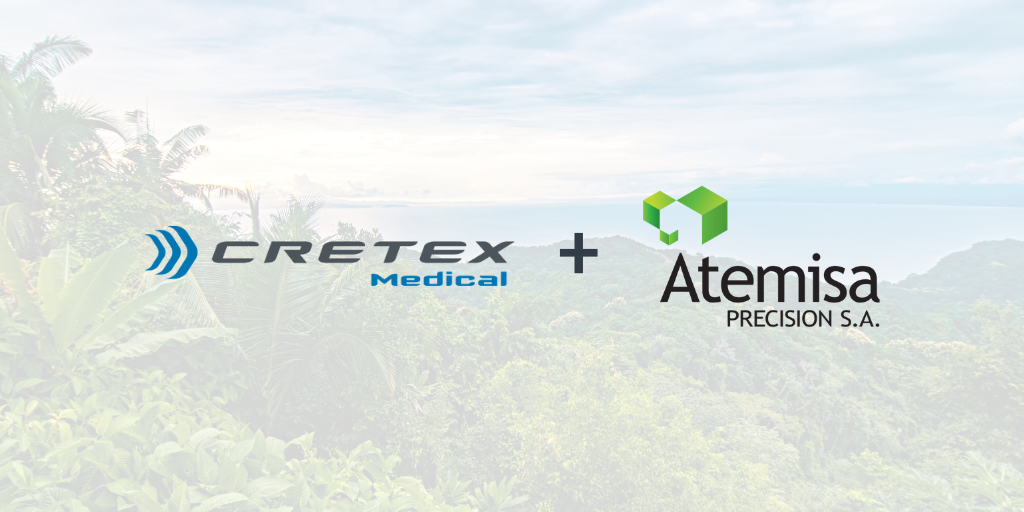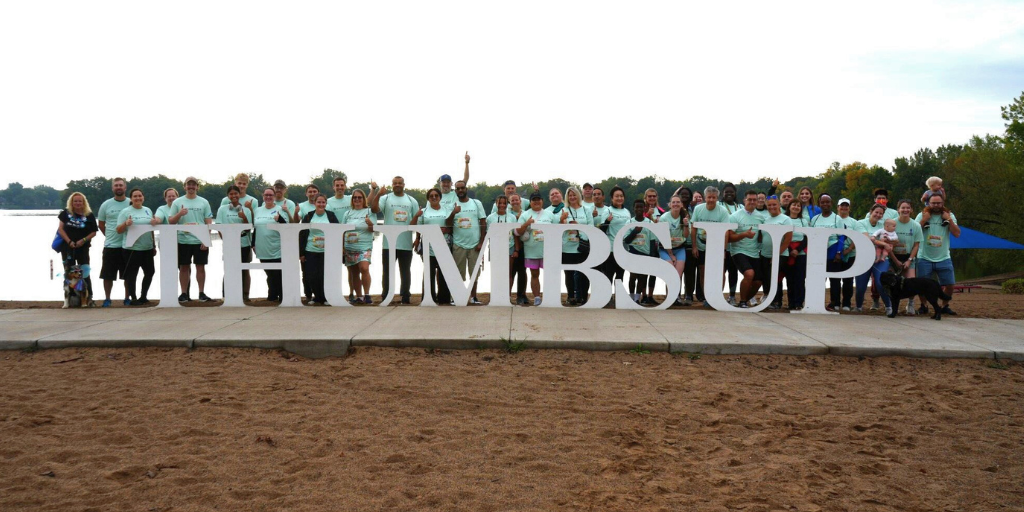Medtech Manufacturing Cleaning and Sterilization Validation—A Medtech Makers Q&A
Ensuring components remain residue-free and are properly sterilized are critical tasks for medical device firms.
by Sean Fenske, ODT Editor-in-Chief | September 16, 2022
Matthew Homuth, Senior Validation Engineer, and Molly Swanson, Senior Sterilization Scientist at QTS, were featured in Orthopedic Design & Technology magazine.
It has been said that cleanliness is next to godliness, but in medical device manufacturing, cleaning (and sterilization) is simply an absolute. Parts and devices must be kept clean of residue as they move through the fabrication process to help ensure patient safety. Similarly, sterilization is a final step for technologies before they make their way to the healthcare environment.
Given the importance of both processes, the steps taken must be validated to ensure they are being performed properly. This requirement can bring with it questions as to factors to consider, most important steps, when it is necessary, and other inquiries from medical device makers. Thus, it is important to find a partner with experience in this area so any confusion can be clarified.
Fortunately, Matthew Homuth, senior validation engineer, and Molly Swanson, senior sterilization scientist, both from QTS—a Cretex Medical company—have supplied their expertise in addressing a variety of questions around cleaning and sterilization. They provide best practices in the following Q&A, while also offering aspects manufacturers need to consider before establishing their production protocols.
Sean Fenske: Please explain the difference between cleaning and sterilization as it relates to medical device manufacturing. Specifically, in what ways are they different and how are they related?
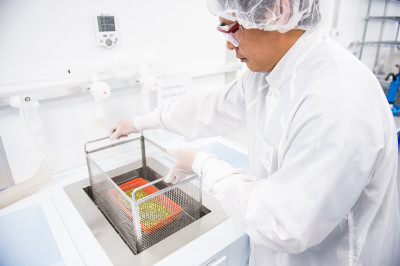 Matthew Homuth: Medical device cleaning is related to the reduction of residues deposited by the manufacturing process. Materials that contact the device are removed as part of in-process cleaning and final cleaning. In-process cleaning steps occur between manufacturing operations to maintain control of the residue load prior to final cleaning.
Matthew Homuth: Medical device cleaning is related to the reduction of residues deposited by the manufacturing process. Materials that contact the device are removed as part of in-process cleaning and final cleaning. In-process cleaning steps occur between manufacturing operations to maintain control of the residue load prior to final cleaning.
To that end, a cleaning regimen that results in consistent final residues is important to the efficacy of sterilization and the end user (the patient).
Molly Swanson: Medical devices are sterilized to reduce the risk of patient infection. An important factor to consider for sterilization is bioburden—microbes are introduced into/onto medical devices during manufacturing processes. It is important to reduce the level of bioburden being introduced so it doesn’t become a sterilization concern. Having validated cleaning processes for sub-components and/or a validated final cleaning process can be a vital step in reducing product bioburden levels.
Fenske: Why does a medical device need cleaning validation?
Homuth: For implants and high-risk medical instruments, cleaning validation may be required per FDA CFR 21 Part 820. Cleaning validation is required where the process cannot be fully verified by inspection or testing. Devices that do not have patient contact, or are otherwise low risk, may not require a validated cleaning process.
The decision to perform cleaning validation (or not), along with the acceptance criteria, should be formally documented in a risk assessment that is filed in the device Design History File.
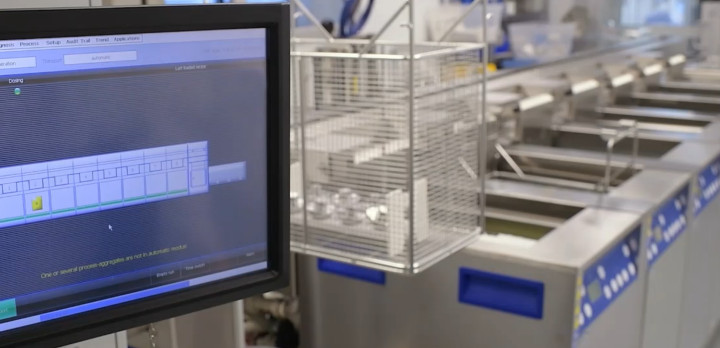
Fenske: What are the primary reasons a medical device may need a sterilization validation?
Swanson: If the product is to be labeled “sterile,” a sterilization validation is typically required, unless the product can be manufactured via aseptic processing. Sterile means being free of viable microorganisms. If the product is terminally sterilized (after all manufacturing processes and final packaging steps) and will be labeled “sterile,” a sterilization validation is needed.
Fenske: How do you determine a device to represent a product family?
Swanson: First, it is helpful to establish a product family based on similarities between the product family members (i.e., raw materials, components, design, size, manufacturing considerations, etc.). Then, based on the defined product family, the representative device should be equivalent to or worst-case than the family it represents. In some circumstances, it may be helpful to create a simulated product that represents the entire product family.
Homuth: As Molly mentioned, for cleaning validation, a component that represents a product family is often called a worst-case device. This terminology is used to imply the final use of the device as representative of the entire product family.
The worst-case device is chosen based upon (but not limited to): types of contact materials, number and type of processing steps, geometry, application of coatings, manufacturing location (environment), and material of construction.
And I agree with Molly; it is sometimes useful to create a simulated product as a worst-case device due to the large number of production variables within each product family.
Fenske: How do you select an appropriate sample size for cleaning and sterilization validations?
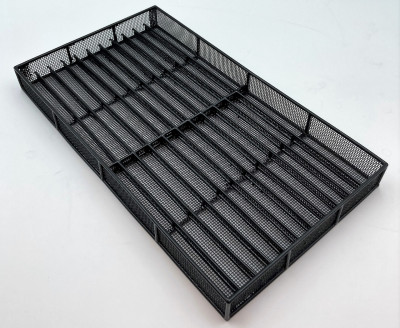 Homuth: Cleaning validation is considered a measure of process capability. In most cases, process capability is evaluated statistically. Thus, a starting point for choosing a sample size is to find your closest statistically valid sample size table.
Homuth: Cleaning validation is considered a measure of process capability. In most cases, process capability is evaluated statistically. Thus, a starting point for choosing a sample size is to find your closest statistically valid sample size table.Ppk is a common statistical measurement of process capability. Based on the risk associated with your device or risk of process (cleaning) failure, a larger sample size may be justified to account for normal variability in final residues.
Swanson: For sterilization, typically the sample sizes are defined in the applicable sterilization standards. If there is a need to do something outside of what the standards recommend, a risk assessment is typically needed to document alternative sample sizes—if the rationale is sound and the overall risk is acceptable.
Homuth: As previously discussed, contact materials, number and type of processing steps, geometry, application of coatings, manufacturing location, and material of construction are some considerations when developing a cleaning process.
Considering that list of variables (which is not exhaustive), a cleaning process should be compatible with components so the extremes of the nominal processing parameters do not adversely impact the form, fit, or function of the final device.
After that, the cleaning process should be capable of lowering residue content such that the wash, rinse, and drying processes result in a final residue load that is of negligible risk to the end user. Device design features like mated surfaces, lumens, and blind holes are examples of challenges to the cleaning process that need to be considered.
Swanson: Processing parameters for sterilization are highly dependent on product compatibility to the sterilization method to be used. There are many different sterilization modalities (including radiation, ethylene oxide, moist heat, dry heat, and hydrogen peroxide), and typically at least one of these modalities will be acceptable for the given product characteristics. As for specific processing parameters for each modality, there are additional considerations such as product compatibility with temperature, relative humidity, pressure, exposure time, dose, etc. TIR17 is an excellent resource.
Fenske: How do you use a risk-based approach to drive the elements of a process validation?
Homuth: End use (implant, instrument, processing aid, etc.) of the device is a factor in developing the cleaning process and defining the acceptance criteria. A low-risk device may not require a robust cleaning plan or a validation; however, a high-risk device like a vascular implant may require a complex cleaning process, cleaning validation, and batch release testing to ensure safety of the product.
Risk associated with contact materials used in the manufacturing process may also be considered. Toxicology data of contact materials can be used to set acceptable residue limits. For example, if a manufacturing process uses a highly toxic material, a very low residue limit may be justified to ensure patient safety prior to clinical use.
Swanson: The first thing that comes to mind is that even when the preliminary product development steps are being carried out, a risk-based approach can be used to first determine if a medical device should be labeled “sterile” and what the sterility assurance level (SAL) should be. A common SAL is 10-6, which refers to a one in one-million chance a single viable microorganism will be present after sterilization. If an SAL of 10-6 is unable to be achieved, it is possible to define an alternate SAL through a risk assessment (ST67).
Fenske: What other questions do you receive from medical device OEMs on cleaning or sterilization and how do you address them?
Homuth: Questions regarding sample size and cost to validate are common. Estimates for these questions can be available immediately, but more often than not, specifics for sample size and cost are not available until after review and evaluation of the device information (size, manufacturing process, material of construction, etc.). These variables are inputs in determining a risk-based sample size and defining the test plan that will support a validation, which will satisfy regulatory and patient safety obligations.
Swanson: Another common question involves validation timelines and how quickly validations can be completed. It is important to remember it is better to take some time and have the critical planning and strategy questions up front to find the best path forward instead of rushing into a validation without the proper planning. That approach can save time and money in the long run.
Fenske: What services does QTS offer related to cleaning and sterilization of medical devices?
Homuth: QTS has staff subject matter experts with backgrounds in chemistry and medical device cleaning. The technical staff work with industry institutions like ISO, ASTM, and AAMI to shape the standards that support regulatory guidance set forth by the FDA.
QTS uses automated cleaning for much of the medical device cleaning. When components present a specific challenge to clean, a manual process can be used to apply a custom cleaning process to meet the established residue acceptance criteria. We work with customers to develop or transfer cleaning processes into production. As each project is unique, QTS creates a project plan that meets your specific needs.
Swanson: At QTS, we have an entire team of sterilization scientists to help in any step of a sterilization validation. We have a team with years of experience working with many different sterilization modalities. QTS partners with our customers on many processes including initial validations, requalification, and change assessments. We also have a pre-validated ethylene oxide sterilization option where the main validation work is completed, and only product-specific testing is required.

